#shokoku
Text



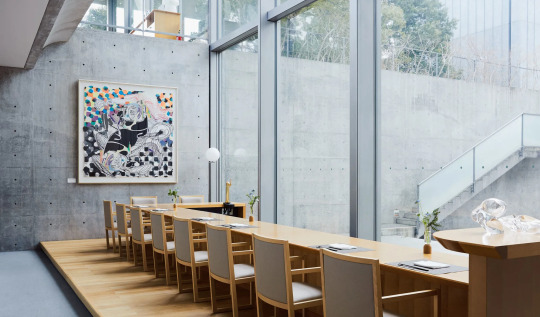







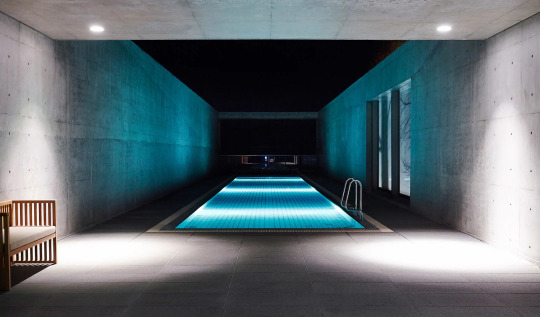
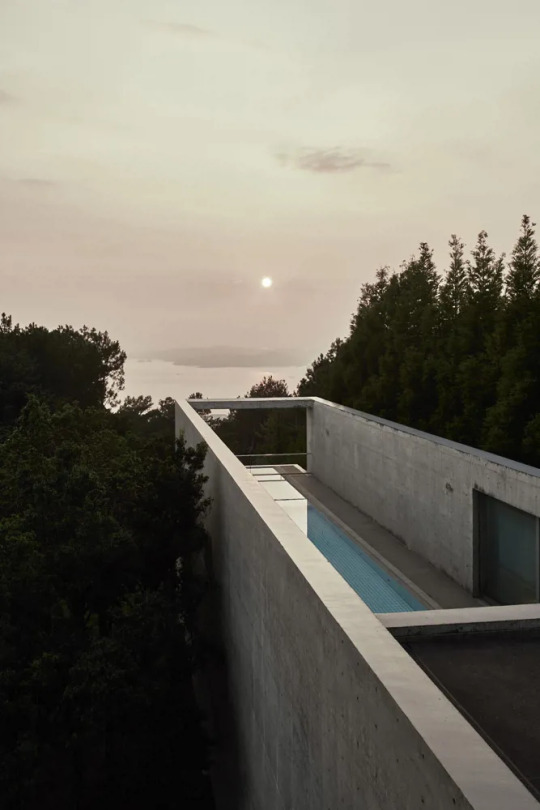
Setouchi Retreat by Onko Chishin,
Matsuyama, Ehime Prefecture, Shikoku Island, Japan,
Tadao Ando Architect
#art#design#architecture#boutique hotel#travels#luxury hotel#luxury lifestyle#interiors#luxury hotels#nature#retreat#japan#tadao ando#setouchi retreat#onko chishin#matsuyama#island#shokoku
55 notes
·
View notes
Photo

They are back . The First Slam Dunk . #slamdunk #thefirstslamdunk #shokoku #hanamichisakuragi #kaedarukawa #ryotamiyagi #hisashimitsui #takenoriakagi (at GSCinemas) https://www.instagram.com/p/CokYmb_PlYt/?igshid=NGJjMDIxMWI=
#slamdunk#thefirstslamdunk#shokoku#hanamichisakuragi#kaedarukawa#ryotamiyagi#hisashimitsui#takenoriakagi
1 note
·
View note
Text
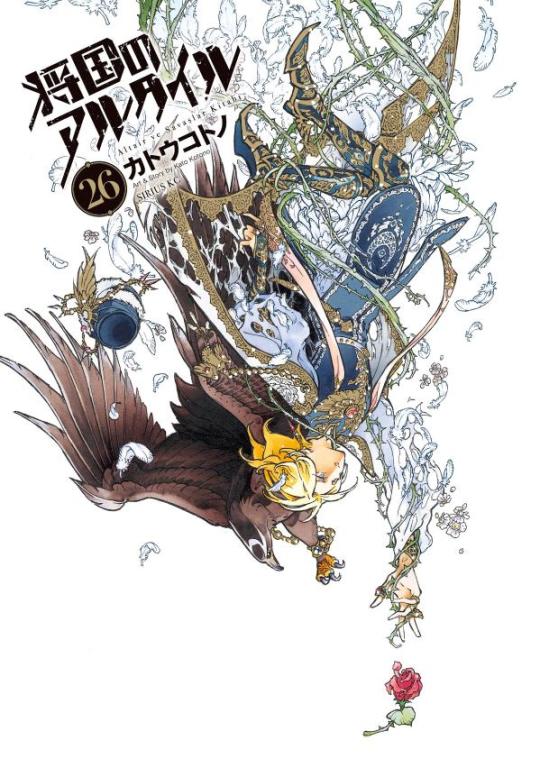
Shoukoku no Altair Volume 26 Cover
21 notes
·
View notes
Text
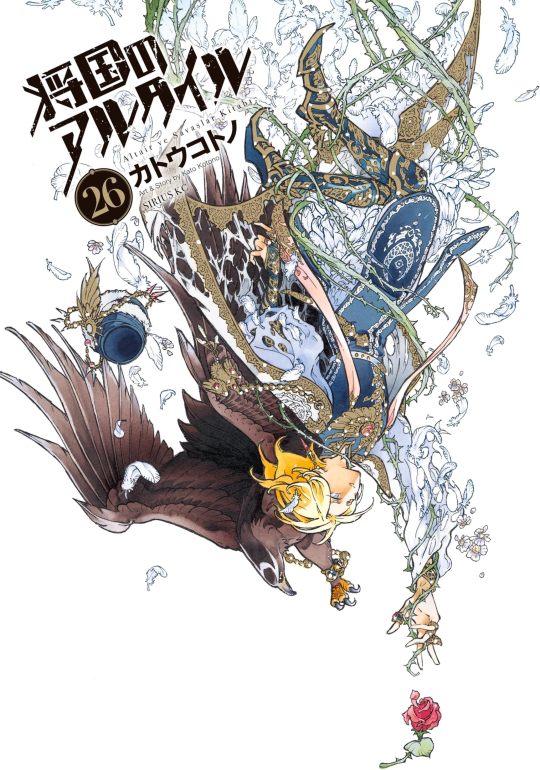
Shokoku no Altair Vol.26 (end)
15 notes
·
View notes
Text
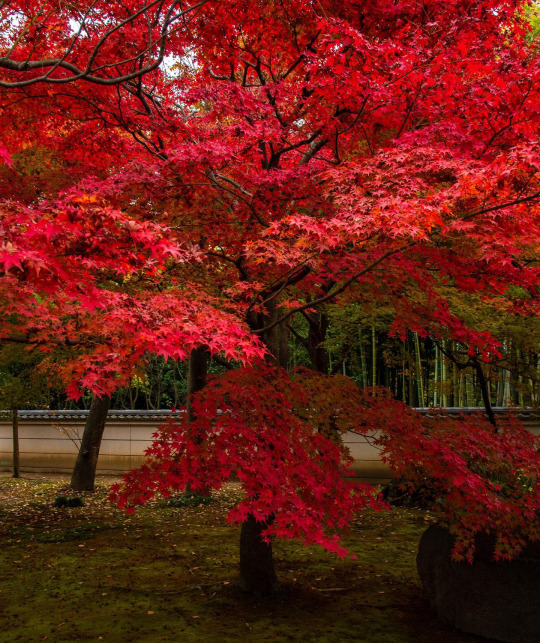

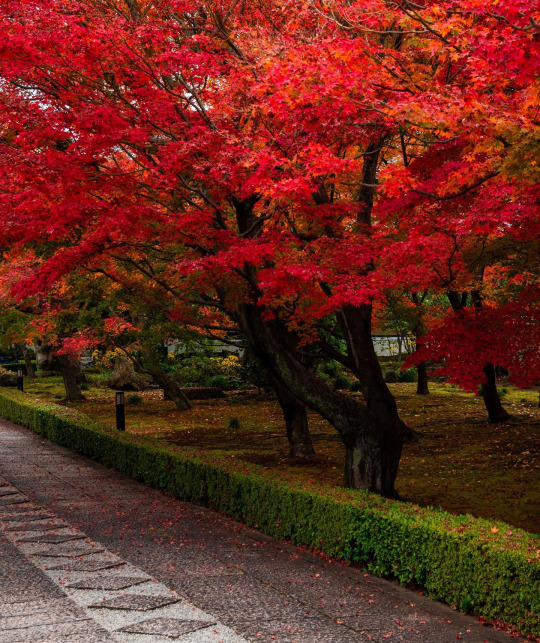
相国寺/秋たけなわ Shokoku-ji Temple/Midst of Autumn
6K notes
·
View notes
Text

0 notes
Text

Utagawa Hiroshige II (Rissho)
1829-1869
One Hundred Views of Famous Places in the Provinces: Misty Falls of Nikko
(Shokoku meisho hyakkei: Nikko Shimofuri no taki)
signed Hiroshige ga with publisher's seal Shitaya, Uoei han (Sakanaya Eikichi) and censor's date seal Aratame Hitsuji-ju (examined, year of the goat [1859], 10th month), with circular BERES (Huguette Beres) seal on verso, 1859
171 notes
·
View notes
Text
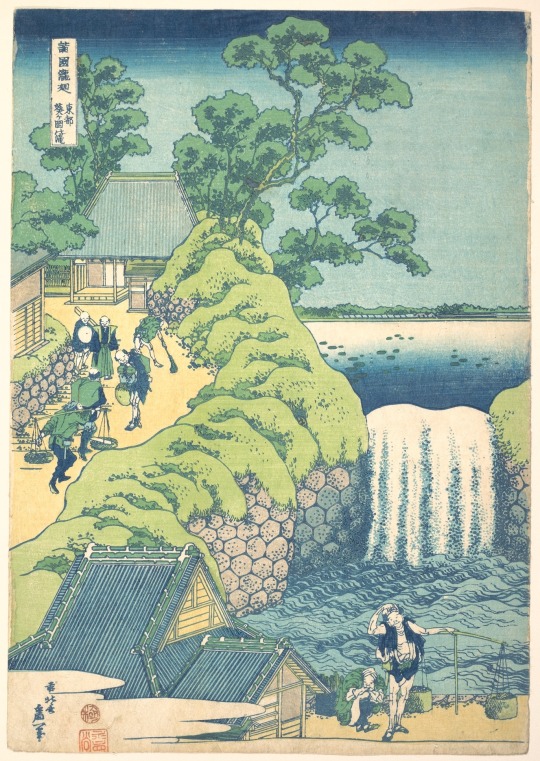


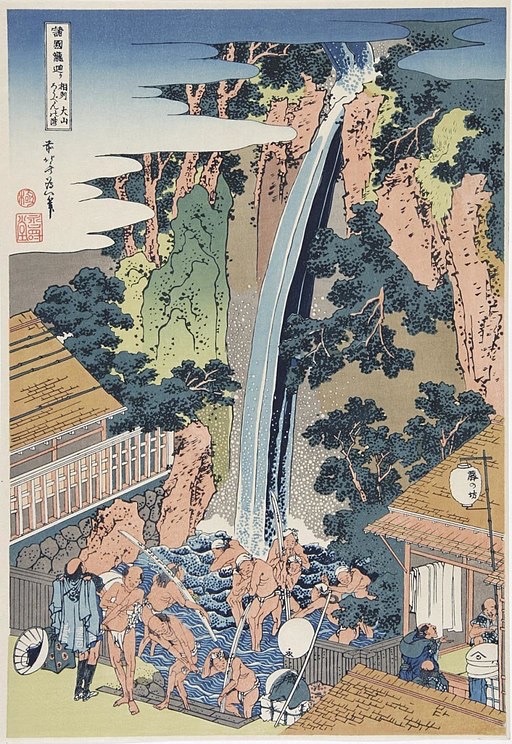
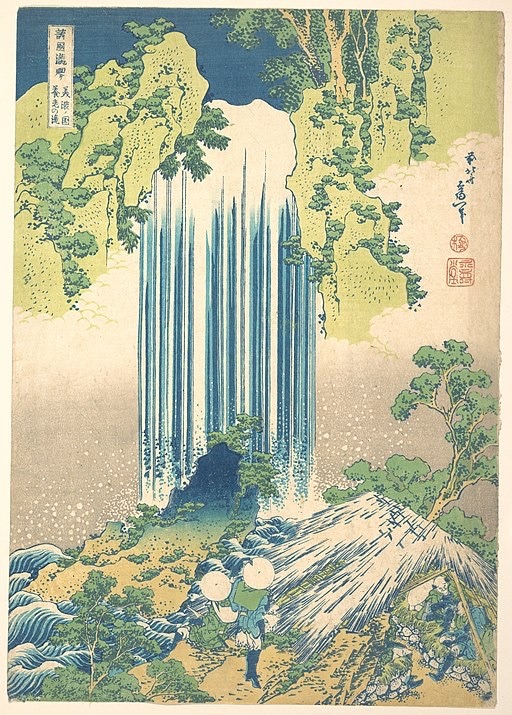
Katsushika Hokusai
From the series A Tour of Waterfalls in Various Provinces (Shokoku taki meguri) c. 1831–34
The Falls at Aoigaoka in the Eastern Capital
Travelers climbing a steep hill to reach the Kannon sanctuary
Ono Waterfall on the Kisokaidö
Roben Waterfall
Yörö Waterfall in Mino Province
#katsushika hokusai#japanese prints#japanese artist#japanese art#woodcut#woodblock print#waterfalls#landscape#asian art#japanese landscape#landscape aesthetic#aesthetic#beauty#nature#art history#aesthetictumblr#tumblraesthetic#tumblrpic#tumblrpictures#tumblr art#tumblrstyle#artists on tumblr
55 notes
·
View notes
Photo

Old View of the Boat-bridge at Sano in Kōzuke Province (Kōzuke Sano funabashi no kozu), from the series Remarkable Views of Bridges in Various Provinces (Shokoku meikyō kiran). ca. 1830. Credit line: Henry L. Phillips Collection, Bequest of Henry L. Phillips, 1939 https://www.metmuseum.org/art/collection/search/53698
#aesthetic#art#abstract art#art museum#art history#The Metropolitan Museum of Art#museum#museum photography#museum aesthetic#dark academia
11 notes
·
View notes
Text

Utagawa Hiroshige, “Yamashiro Province: The Togetsu Bridge in Mount Arashi (Yamashiro, Arashiyama Togetsukyo),” from the series Famous Places in the Sixty-Odd Provinces (Rokujuyoshu meisho zue), 1853
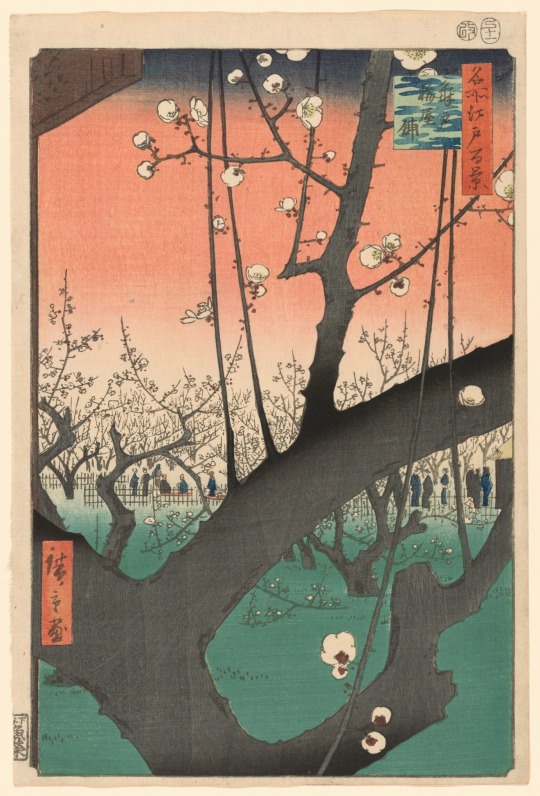
Utagawa Hiroshige, “Plum Garden at Kameido (Kameido Umeyashiki),” from the series One Hundred Famous Views of Edo (Meisho Edo hyakkei)

Utagawa Hiroshige, “Awa Province: Naruto Whirlpools (Awa, Naruto no fuha),” from the series Famous Places in the Sixty-odd Provinces (Rokujuyoshu meisho zue), 1855

Katsushika Hokusai, “The Back of Mount Fuji Seen from Minobu River (Minobugawa Urafuji),” from the series Thirty-Six Views of Mount Fuji (Fugaku sanjūrokkei), about 1830/33

Katsushika Hokusai, “Amida Falls in the Far Reaches of the Kisokaido (Kisoji no oku Amidagataki),” from the series A Tour of Waterfalls in Various Provinces (Shokoku taki meguri)
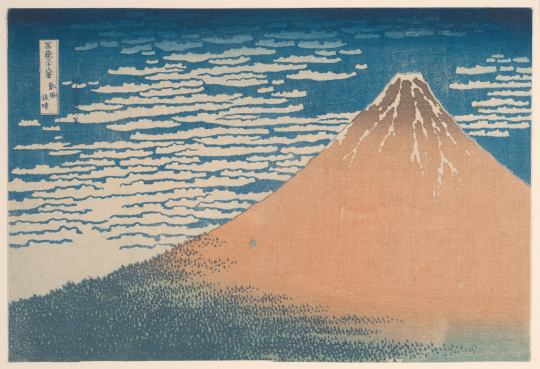
Katsushika Hokusai, “A Mild Breeze on a Fine Day (Gaifu kaisei),” from the series Thirty-six Views of Mount Fuji (Fugaku sanjurokkei), c. 1830/33

Katsushika Hokusai, “Kirifuri Falls at Mount Kurokami in Shimotsuke Province (Shimotsuke Kurokamiyama Kirifuri no taki),” from the series A Tour of Waterfalls in Various Provinces (Shokoku taki meguri), c. 1833
Source
7 notes
·
View notes
Photo

藤[Fuji]
Wisteria floribunda
This year's Golden Week is from April 29 to May 7. The news reports that tourist destinations across the country are crowded with travelers. The wisteria is in full bloom in this period.
https://en.wikipedia.org/wiki/Golden_Week_(Japan)
草臥れて 宿借るころや 藤の花
[Kutabirete yado karu koro ya fuji no hana]
Tired of walking, it is almost time to stay at an inn. The wisteria flowers in bloom that catch my eye are beautiful.
By Matsuo Bashō
宿に咲く 藤や諸国の 人通り
[Yado ni saku fuji ya shokoku no hitodoori]
Ah, wisteria blooming at the inn. I look out the street, and there are people from all over the country.
By Akutagawa Ryūnosuke
https://dl.ndl.go.jp/en/pid/2586550/1/24
Wisteria at Kameido by Kawase Hasui
20 notes
·
View notes
Photo
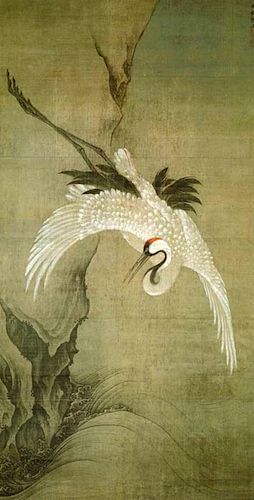
Shokoku-ji, Meikaku-zu. Kyoto.
30 notes
·
View notes
Text

MWW Artwork of the Day (9/2/23)
Katsushika Hokusai (Japanese, 1760–1849)
The Waterfall Where Yoshitsune Washed His Horse at Yoshino in Yamato Province (c. 1832)
from the series "A Tour of Waterfalls in Various Provinces" (Shokoku taki meguri)
Polychrome woodblock print, 37.1 x 25.4 cm.
Fine Prints Collection, Library of Congress, Washington DC
Hokusai’s powerfully graphic composition captures an episode from the heroic but tragic life of the general Minamoto no Yoshitsune (1159–1189). Yoshitsune had to flee from his older brother, Yoritomo,who considered him a traitor for joining forces with the Emperor Go-Shirakawa. According to literary accounts, while escaping, Yoshitsune stopped to rest and wash his favorite horse beneath a waterfall.
4 notes
·
View notes
Text
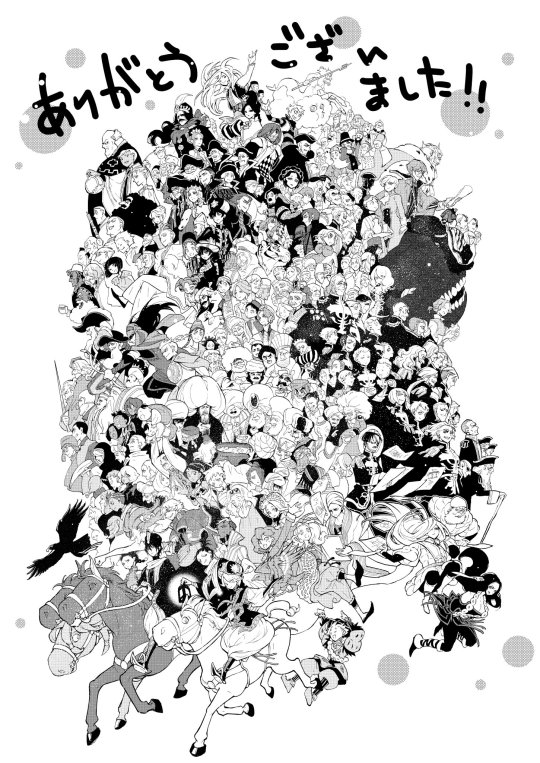
Thank you so much !!
13 notes
·
View notes
Text
LOGH/Altair Fanfic COMPLETE - Girl Talk for Galactic Heroes
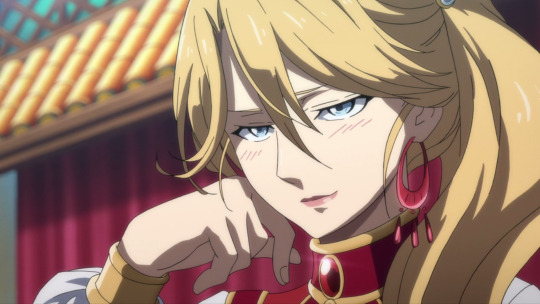
AO3 Link, FNN Link
Fandoms: Legend of the Galactic Heroes, Shokoku no Altair, Bodacious Space Pirates, Aldnoah.Zero etc (Only the (heavily reworked) plot of LOGH is used)
Words: 18000
Rating: T (Canon typical violence, homophobia, character death)
Summary: "An' the loser now, will be later to win, for the times they are a-changing…"
#legend of the galactic heroes#shoukoku no altair#bodacious space pirates#trans character#anime#manga#fanfiction
2 notes
·
View notes
Text
⛩️ Do you know the yōkai : YUKI-ONNA? ❄️

Yuki-onna (雪女, "snow woman") is a spirit or yōkai in Japanese folklore that is often depicted in Japanese literature, films, or animation.
Yuki-onna originates from folklores of olden times; in the Muromachi period Sōgi Shokoku Monogatari by the renga poet Sōgi, there is a statement on how he saw a yuki-onna when he was staying in Echigo Province (now Niigata Prefecture), indicating that the legends already existed in the Muromachi period.
Yuki-onna appears on snowy nights as a tall, beautiful woman with long black hair and blue lips. Her inhumanly pale or even transparent skin makes her blend into the snowy landscape (as famously described in Lafcadio Hearn's Kwaidan: Stories and Studies of Strange Things). She often wears a white kimono, but other legends describe her as nude, with only her face and hair standing out against the snow. Despite her inhuman beauty, her eyes can strike terror into mortals. She floats across the snow, leaving no footprints (in fact, some tales say she has no feet, a feature of many Japanese ghosts), and she can transform into a cloud of mist or snow if threatened.
Yuki-onna often appear while taking along children. This is in common with another yōkai that takes along children, the ubume. In the Mogami District, Yamagata Prefecture, ubume are said to be yuki-onna.
They often appear in stories about inter-species marriage, and stories similar to Lafcadio Hearn's Yuki-onna where a mountain hunter gets together with a woman who stays the night as a guest and eventually births a child. One day the man carelessly talks about the taboo of getting together with a yuki-onna, resulting in the woman revealing herself to be a yuki-onna, but not killing the man due to having a child between them and warning, "If anything happens to the child, you won't get away with it" before going away. These stories can be found in Niigata Prefecture, Toyama Prefecture, and the Nagano Prefecture, which came about as a result of many stories about mountain people where those who break the mountain taboos would be killed by mountain spirits. There is also the hypothesis that the yuki-onna legend was born from a mixture of paranormal stories of mountain people and the paranormal yuki-onna stories.
Old tales about yuki-onna are mostly stories of sorrow, and it is said that these tales started from when people who have lived gloomy lives, such as childless old couples or single men in mountain villages, would hear the sound of a blizzard knocking on their shutter door and fantasize that the thing that they longed for has come. It is said that after that, they would live in happiness with what they longed for in a fantasy as fleeting as snow. There is also a feeling of fear, and like as in the Tōno Monogatari, the sound of a blizzard knocking on an outer shōji is called the "shōji sasuri" (rubbing a shōji), and there is a custom of making children who stayed up late go to sleep quickly when a yuki-onna rubs a shōji. From real sayings such as the shōji sasuri, it is said that things that one longs for sit back-to-back with fear. Also, winter is the season when gods would come to visit, and if one does not pay respects, terrible things will happen, so even if it is said to be things that one longs for, one cannot put too much trust in that. In any case, it can be said to be related to the coming and going of seasons. Nobuyoshi Furuhashi, scholar of Japanese literature, stated that the novel Kaze no Matasaburō is also probably somehow related.
Some legends say the Yuki-onna, being associated with winter and snowstorms, is the spirit of someone who perished in the snow. She is at the same time beautiful and serene, yet ruthless in killing unsuspecting mortals. Until the 18th century, she was almost uniformly portrayed as evil. Today, however, stories often color her as mere human, emphasizing her ghost-like nature and ephemeral beauty.
In many stories, Yuki-onna appears to travelers trapped in snowstorms and uses her icy breath to leave them as frost-coated corpses. Other legends say she leads them astray so they simply die of exposure. Other times, she manifests holding a child. When a well-intentioned soul takes the "child" from her, they are frozen in place. Parents searching for lost children are particularly susceptible to this tactic. Other legends make Yuki-onna much more aggressive. In these stories, she often invades homes, blowing in the door with a gust of wind to kill residents in their sleep (some legends require her to be invited inside first).
Like the snow and winter weather she represents, Yuki-onna has a softer side. She sometimes lets would-be victims go for various reasons. In one popular Yuki-onna legend, for example, she sets a young boy free because of his beauty and age. She makes him promise never to speak of her, but later in life, he tells the story to his wife who reveals herself to be the snow woman. She reviles him for breaking his promise but spares him again, this time out of concern for their children (but if he dares mistreat their children, she will return with no mercy. Luckily for him, he is a loving father). In some versions, she chose not to kill him because he told her, which she did not treat as a broken promise (technically, Yuki-Onna herself is not a human and thus did not count). In a similar legend, Yuki-onna melts away once her husband discovers her true nature. However, she departs to the afterlife afterward the same way.
Source: https://en.m.wikipedia.org/wiki/Yuki-onna

#japanese yokai#japanese mythology#japan#yuki onna#yokai girl#yokai monsters#yokai#yōkai#winter#snow#interesting
11 notes
·
View notes